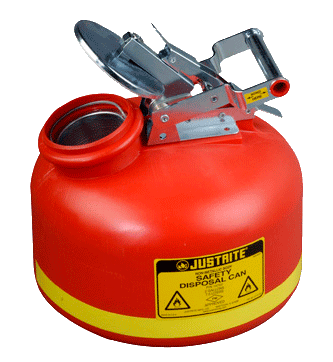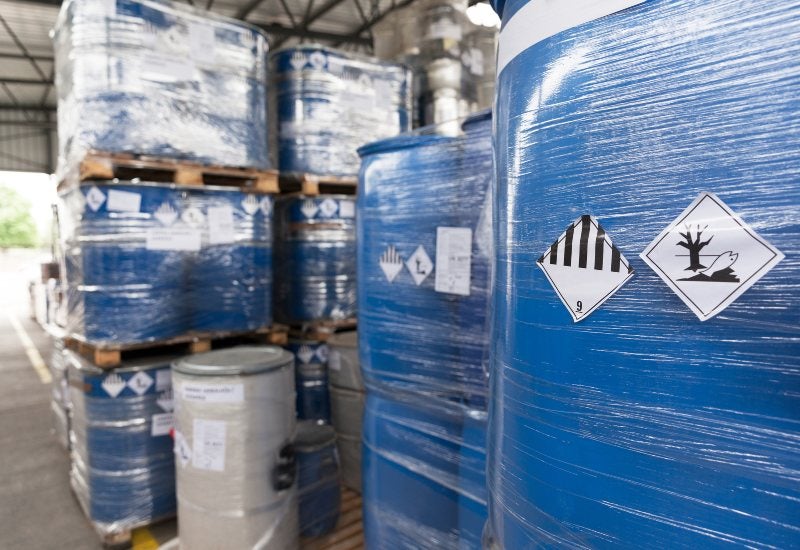Expert Liquid Waste Removal Melbourne: Fast and Budget Friendly Solutions
Expert Liquid Waste Removal Melbourne: Fast and Budget Friendly Solutions
Blog Article
Exactly How Liquid Garbage Disposal Functions: A Detailed Overview of Methods and Technologies Used

Review of Fluid Waste Kind
The intricacy of liquid waste types requires a comprehensive understanding of their qualities and ramifications for disposal. Fluid waste can broadly be classified into numerous kinds, consisting of commercial, metropolitan, agricultural, and harmful waste. Each category exhibits distinct homes, requiring particular administration techniques to mitigate ecological and health threats.
Industrial fluid waste originates from making processes and usually includes an array of contaminants, such as heavy metals, solvents, and organic compounds. Municipal fluid waste, primarily comprising wastewater from houses and business facilities, has raw material, nutrients, and microorganisms (industrial wastewater treatment). Agricultural liquid waste, consisting of runoff from farms, may have fertilizers, pesticides, and pet waste, positioning risks to water top quality and ecological communities
Unsafe liquid waste is defined by its toxicity, sensitivity, or potential to trigger damage. Recognizing these varied fluid waste types is essential for creating effective disposal methods and guaranteeing compliance with ecological laws.
Physical Treatment Approaches

Screening is the preliminary step, where bigger bits and particles are eliminated from the fluid waste making use of screens or grates. This procedure shields downstream equipment from damages and makes certain smoother operation. Following screening, sedimentation uses gravitational pressure to separate solids from liquids. In sedimentation containers, larger fragments work out at the bottom, developing a sludge layer, while the clarified fluid can be further treated.
Purification is an additional crucial technique that includes passing the fluid with permeable materials, such as sand or membranes, to capture smaller sized particles. This step improves the high quality of the fluid, making it appropriate for subsequent therapy procedures.

Chemical Treatment Techniques
Chemical treatment techniques are vital for effectively taking care of fluid waste, specifically in attending to liquified and colloidal contaminants that physical techniques might not adequately get rid of. These methods utilize numerous chemical agents to counteract, precipitate, or change hazardous compounds right into much less dangerous types.
One typical approach is coagulation and flocculation, where chemicals such as alum or ferric chloride are included in promote the aggregation of put on hold fragments. This process boosts sedimentation, permitting for less complicated elimination of the resulting sludge. In addition, oxidation procedures, using agents like chlorine or ozone, are employed to break down intricate natural compounds and virus, rendering the waste much safer for discharge or additional treatment.
Neutralization is one more important strategy, which readjusts the pH of acidic or alkaline waste streams to neutral levels, protecting against prospective injury to downstream systems and the environment. In addition, advanced oxidation procedures (AOPs) use combinations of oxidants and ultraviolet light to deteriorate consistent contaminants, attaining a higher degree of treatment effectiveness.
Organic Treatment Procedures
Organic therapy procedures play a critical duty in the management of fluid waste by using microbes to decompose raw material and lower impurity levels. These processes can be generally categorized right into anaerobic and cardiovascular treatments, each using particular microbial neighborhoods to accomplish efficient waste destruction.
Cardio therapy entails making use of oxygen to facilitate the failure of organic materials by germs. This procedure is commonly implemented in activated sludge systems, where aeration containers provide a favorable atmosphere for microbial development, causing the oxidation of natural pollutants. The resultant biomass can be divided from dealt with effluent through sedimentation.
In comparison, anaerobic treatment happens in the lack of oxygen, relying on various germs to break down raw material. This technique is specifically advantageous for high-strength waste, as it produces biogas, a renewable power source, while reducing sludge manufacturing. Technologies such as anaerobic digesters are frequently utilized in industrial and metropolitan applications.
Both cardiovascular and anaerobic organic therapies not only decrease the environmental impact of fluid waste but additionally promote source recuperation, making them necessary elements of lasting waste management techniques. Their performance, efficiency, and flexibility sustain their widespread application throughout different markets.
Emerging Technologies in Disposal
Innovative strategies to fluid garbage disposal are swiftly progressing, driven by improvements in innovation and an enhancing emphasis on sustainability. Amongst these emerging technologies, membrane bioreactors (MBRs) have gained grip for their capability to combine biological treatment with membrane filtering, resulting in high-grade effluent that can be reused in various applications. MBRs make it possible for smaller footprints and extra effective operations contrasted to standard systems.
An additional appealing development is using anaerobic food digestion combined with nutrient recuperation modern technologies, which not just treats liquid waste however additionally creates biogas and recuperates valuable great site nutrients like nitrogen and phosphorus. This double advantage enhances resource performance and lowers environmental effect.
Furthermore, advanced oxidation procedures (AOPs) are being adopted for the deterioration of intricate natural pollutants. These approaches utilize powerful oxidants and drivers to damage down impurities at the molecular level, using a highly efficient remedy for tough waste streams.
Additionally, the integration of expert system and maker learning in waste management systems websites is optimizing operational efficiency and anticipating upkeep, causing decreased costs and improved ecological compliance. These innovations reflect a considerable shift in the direction of even more effective and sustainable fluid garbage disposal practices.
Verdict
Finally, reliable fluid garbage disposal requires a thorough understanding of numerous methods and innovations. The assimilation of physical, chemical, and organic treatment approaches ensures the efficient monitoring of diverse waste kinds. Moreover, the introduction of ingenious technologies improves therapy effectiveness and advertises sustainability in waste management methods. By continually advancing these approaches, it comes to be feasible to attend to the growing difficulties connected with fluid waste, inevitably adding to environmental defense and source recovery.
Liquid waste disposal is an important element of ecological administration, requiring a thorough understanding of numerous strategies and innovations customized to various waste types. Fluid waste can generally be categorized right into numerous kinds, including industrial, municipal, farming, and dangerous waste. Agricultural fluid waste, consisting of runoff from ranches, might include plant foods, chemicals, and pet waste, posturing threats to water high quality and communities.
Different physical therapy approaches play a critical duty in managing liquid waste successfully - industrial wastewater Look At This treatment.In conclusion, efficient liquid waste disposal requires a comprehensive understanding of numerous techniques and technologies
Report this page